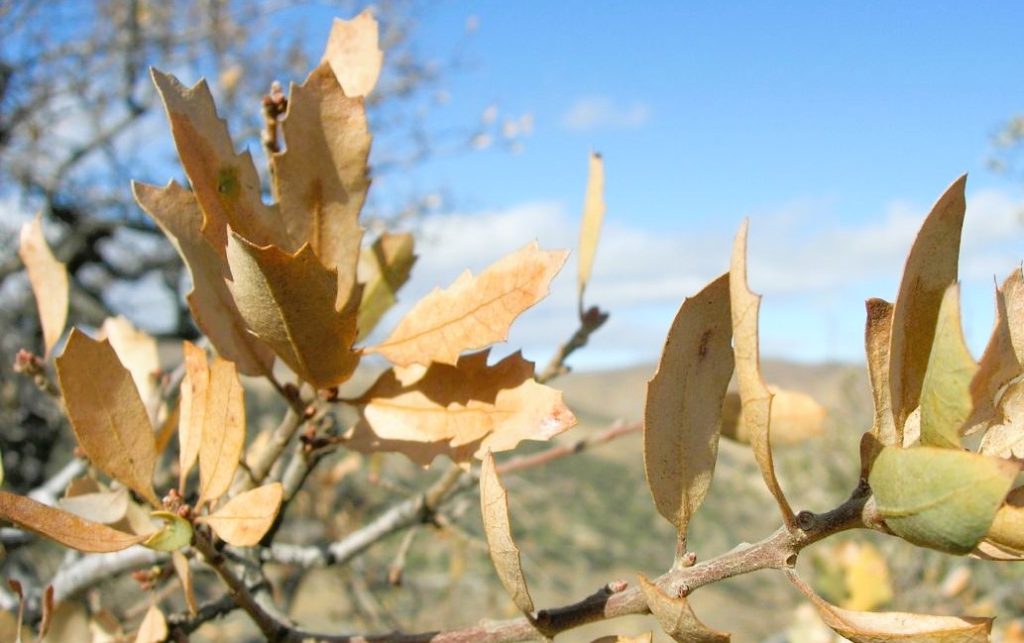Quercus john-tuckeri: A Detailed Overview

Introduction
Quercus john-tuckeri, a tree species belonging to the Fagaceae family, holds significance in the Quercus section, which includes white oaks from Europe, Asia, and North America. This article provides an in-depth exploration of its care requirements, longevity, common pests, diseases, and other essential aspects, ensuring a comprehensive understanding of this unique oak species.
Distribution
Previously identified as Quercus turbinella ssp. californica, Quercus john-tuckeri attained species status in 1994. This endemic species is found in California, thriving in chaparrals and oak forests on mountain slopes within the Transverse Ranges, the southernmost part of the Central Coast Ranges, and the margins of the Mojave Desert.
Description
Quercus john-tuckeri manifests as a dense shrub, reaching a maximum height of 2 to 5 meters, occasionally adopting a tree-like form exceeding six meters. Branches exhibit gray or brown hues, with twigs covered in short woolly fibers when young, transforming into scales with age. The evergreen leaves are leathery and thick, featuring a gray-green color with a slightly paler underside. The lower parts are hairy, while the upper surfaces are somewhat less so. Leaf blades are roughly oval, spine-toothed, measuring less than 4 centimeters in length. The fruit is an acorn with a thin cap, ranging from 1 to 1.5 centimeters in width, and a nut measuring 2 to 3 centimeters in length.
Care for Quercus john-tuckeri
Soil and Sunlight
- Thrives in well-drained soil.
- Prefers full sunlight.
Watering
- Moderate watering, avoiding waterlogging.
Pruning
- Prune for shape and remove dead or diseased branches.
Longevity
Quercus john-tuckeri exhibits varying lifespans, influenced by environmental conditions and care practices.
Common Pests and Diseases
Pests:
- Aphids: Regularly inspect for aphids, especially during growing seasons.
- Caterpillars: Monitor for caterpillars and apply appropriate control measures.
Diseases:
- Powdery Mildew: Implement preventive measures such as proper spacing and adequate ventilation.
- Root Rot: Avoid overwatering to prevent root rot.
Conclusion
Understanding the distinctive features and care requirements of Quercus john-tuckeri contributes to its conservation and appreciation in California's diverse ecosystems. With proper care, this oak species thrives and enhances the natural beauty of its native habitats.

Leave a Reply
You must be logged in to post a comment.